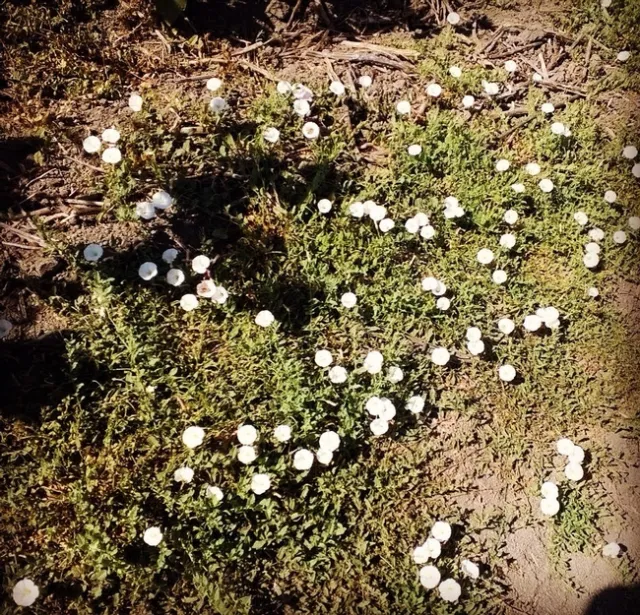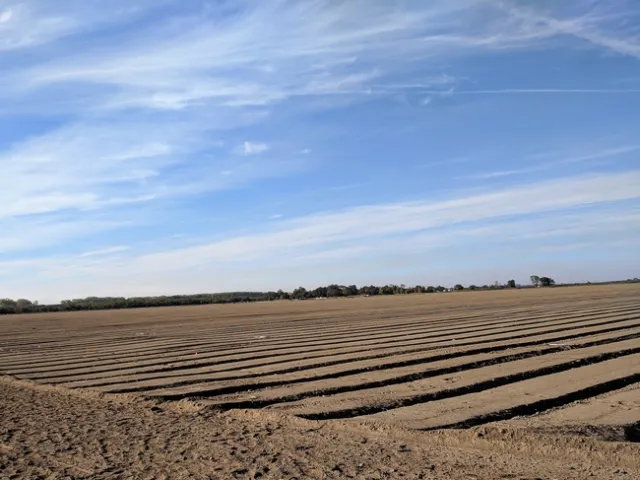Postharvest management of weeds in annual systems is important to prevent larger weed problems the following year. For tomatoes, perennial weeds like field bindweed and little mallow can be especially problematic. Little mallow, or cheeseweed, is a winter annual broadleaf that can also be a short-lived perennial. It develops a strong taproot so control can be challenging. Field bindweed, a deep-rooted perennial, is very difficult to control once established. Cultivation is usually necessary for established bindweed, but seedling bindweed can be effectively controlled with trifluralin as a layby treatment.

Many fields in the Sacramento Valley are prepped in the fall and left fallow over the winter until planting in the spring. Crop rotation, field preparation, and herbicides are examples of weed management tools for postharvest control.

Crop rotation can help reduce specific or problematic weed issues by either allowing applications of different herbicides or by planting a non-host for weeds like dodder. For tomatoes in the Sacramento Valley, good rotational crops for weed management include corn, alfalfa, rice, dry beans and safflower.
Field preparation includes keeping equipment clean to prevent the spread of weed seeds and avoiding planting tomatoes in severely infested fields. It never hurts to keep field edges and canals weed free as well. Deep plowing, or inverting the top soil profile (~12 inches) can bury certain weed seeds and tubers. If the field uses drip-irrigation or practices minimum tillage, a pre-irrigation or rainfall event can germinate weed seeds that can then be lightly cultivated out.
Herbicides applied to fall/winter beds can be effective, but be aware that some active ingredients require adequate rainfall to break down before the next crop is planted in the spring to avoid phytotoxicity. If following a cereal crop, glyphosate is an herbicide option in the fall after harvest. Irrigating and applying contact herbicides postharvest can help control both bindweed and little mallow.
Another option is planting a cover crop. Rather than leaving the field fallow, planting a small grain or legume cover crop can also help control weeds by providing competition for space, nutrients, moisture and sunlight.
References
UC-IPM Pest Management Guidelines: Tomato-Integrated Weed Management- weed management postharvest and before planting. http://ipm.ucanr.edu/PMG/r783700111.html

